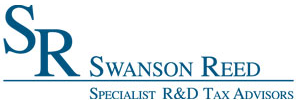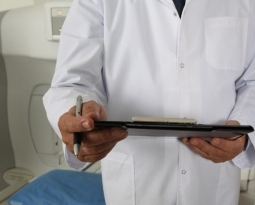California Patent of the Month – May 2023
LifeWave Biomedical, Inc. has targeted their medical expertise on the mission of developing a connected health solution that improves the clinical management of patients living with congestive heart failure (CHF) in hospital, ambulatory, and home settings. As they work towards this mission, the company has developed proprietary technology which supports their device’s functionality, an approach which has recently resulted in a patent.
The patented technology makes it possible to determine a change in the spatial configuration of a heart. The device includes a low pulse repetition frequency transmitter, antenna, and a swept-range receiver. Designed to be positioned externally, the device offers a non-invasive method to collect data from targeted portions of the heart.
LifeWave’s device transmits ultra wideband signals which are very low energy (similar to Bluetooth energy levels) which propagate into the human body. The heart beats, returning radiofrequency waves which are read as reflexion signals. The antenna is located adjacent to the heart, and the processor reads these reflection signals, comparing them against predetermined heart chamber dimensions. This data is then used to determine cardiac chamber volume based on positions of heart wall excursions and the presumed dimensions of a heart chamber.
It’s able to capture and prioritize signals with respect to minimum discontinuities. This means that it can identify signals that qualify for further analysis by integrating a predetermined number of reflections for a range of interest within the target range of interest.
LifeWave Biomedical’s new technology can improve the diagnosis and treatment of heart conditions by providing physicians with accurate data on the heart’s motion and volume. The LifeWave technology is safe for full-time usage and skin contact and meets all FDA human safety and Federal Communications Commission (FCC) regulations governing human RF exposure. It is a significant innovation in the field of medical devices and has the potential to save lives.
Are you developing new technology for an existing application? Did you know your development work could be eligible for the R&D Tax Credit and you can receive up to 14% back on your expenses? Even if your development isn’t successful your work may still qualify for R&D credits (i.e. you don’t need to have a patent to qualify). To find out more, please contact a Swanson Reed R&D Specialist today or check out our free online eligibility test.
Who We Are:
Swanson Reed is one of the U.S.’ largest Specialist R&D tax advisory firms. We manage all facets of the R&D tax credit program, from claim preparation and audit compliance to claim disputes.
Swanson Reed regularly hosts free webinars and provides free IRS CE and CPE credits for CPAs. For more information please visit us at www.swansonreed.com/webinars or contact your usual Swanson Reed representative.

















